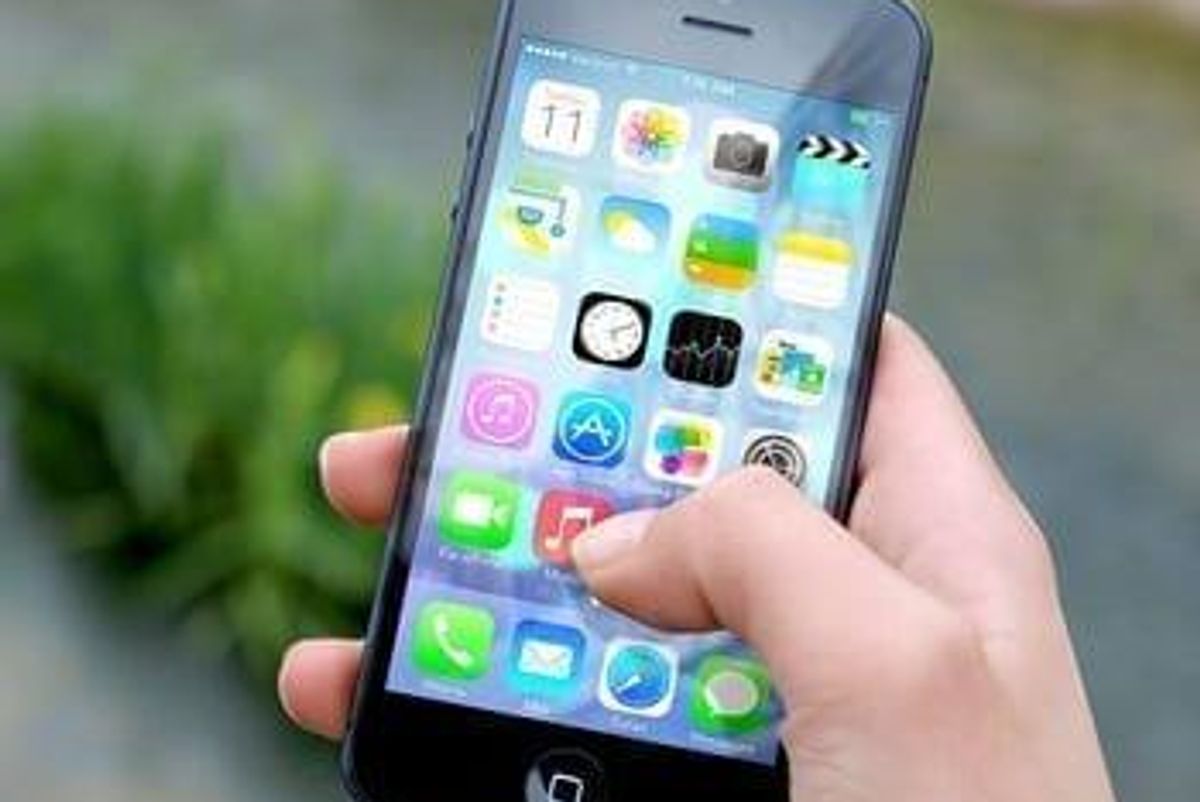
Are you wondering what exactly is Pokémon Go? You’re not alone. Here is our essential guide to understanding the world’s hottest new app.
You can be forgiven for not understanding the huge craze surrounding Pokémon Go. The app came seemingly out of nowhere – although it has long roots in Nintendo’s (OTCMKTS:NTDOY) 1996 Gameboy game – and is proceeding to transform the way consumers think about apps, gaming and virtual reality.
For all of those interested, here’s a basic primer explaining the mobile app. Afterwards, click here to learn how savvy investors are profiting off of this cultural phenomena.
The history of Pokémon Go
The world of Pokémon began back in 1996, when Nintendo launched its incredibly popular Japanese role-playing game for Gameboy. Essentially, the protagonist (first named Red) is charged with a mission by his mentor, a professor. Red is meant to capture all 150 Pokémon by throwing Poké Balls at them, in order to catalogue them for scientific study. Over the course of this journey, Red cares for his Pokémon, battles against other Pokémon trainers, and fights off an evil-arch nemesis. Essentially, the story line had all of the hallmarks of a good epic and consumers were hooked.
Since 1996, Nintendo has released many related games taking place in the Pokémon universe. With every new console came updated games. However, there was a diminishing point of return. Vox reports that in 1996, Pokémon Red, Blue and Green sold 31.4 million games. In 1991, Pokémon Gold and Silver sold 23.1 million, in 2004 FireRed and LeafGreen sold 12 million and, by 2012, Black 2 and White 2 only sold 8.5 million. Note that these are only selected games, to give an idea of the diminishing amount of Pokémon consumers. All told, there are seven generations of the main game, which have been adapted as gaming consoles evolved.
Pokémon Go, released in the U.S. on July 6th, has broken this trend. Not only has it generated much more user interest, it is the first time that the Pokémon narrative has left Nintendo consoles to come to mobile smartphones. The app, released for iOS and Android, uses your device’s ability to track time and location in order to catch Pokémon. Capitalizing upon the game’s nostalgia, you catch these creatures in the same was as the original game: by virtually launching the classic red and white Poké Balls at them.
How the app works
The Pokémon Go app relies on several key factors to make it uniquely appealing to users. For starters, every user has an avatar that navigates the augmented reality world laid out by the app. The interface looks much like the maps that we use to navigate in our day to day lives – avatars encounter recognizable intersections, local landmarks, and Pokémon-specific creations like Pokémon Gyms (for battling against other players) or Poké Stops that dispense items. However, as Slate explains, the true novelty of the game’s augmented reality experience comes out when the avatar encounters a wild Pokémon. Acting much like Red in the original game, users need to throw Poké Balls at the Pokémon in order to capture it. All the while, the small animated creature is superimposed over whatever real world image the smartphone’s camera is picking up at the time.
Cultural buzz
The app has been widely lauded for its ability to integrate real world action and gaming culture. In a society where video games have been widely criticized for confining users to their computers and consoles, the Pokémon Go app is forcing users to explore the world around them, encounter like-minded enthusiasts, and engage with their physical surroundings in a new way. Indeed, it seems like a clear victory for supporters of augmented reality.
Of course, there are detractors, who fear for the app’s ability to cause distracted driving, lead people onto private property, or be manipulated by criminals with malicious intent. Nonetheless, the buzz right now is largely positive, soundly earning Pokémon Go the title of “hottest app on the market.” With more downloads than the popular dating app Tinder, more daily users than Twitter (NYSE:TWTR) and higher user engagement than Facebook (NASDAQ:FB), Pokémon Go is a new cultural phenomena and it only seems to be getting bigger.
Don’t forget to follow us @INN_Technology for real-time news updates.
